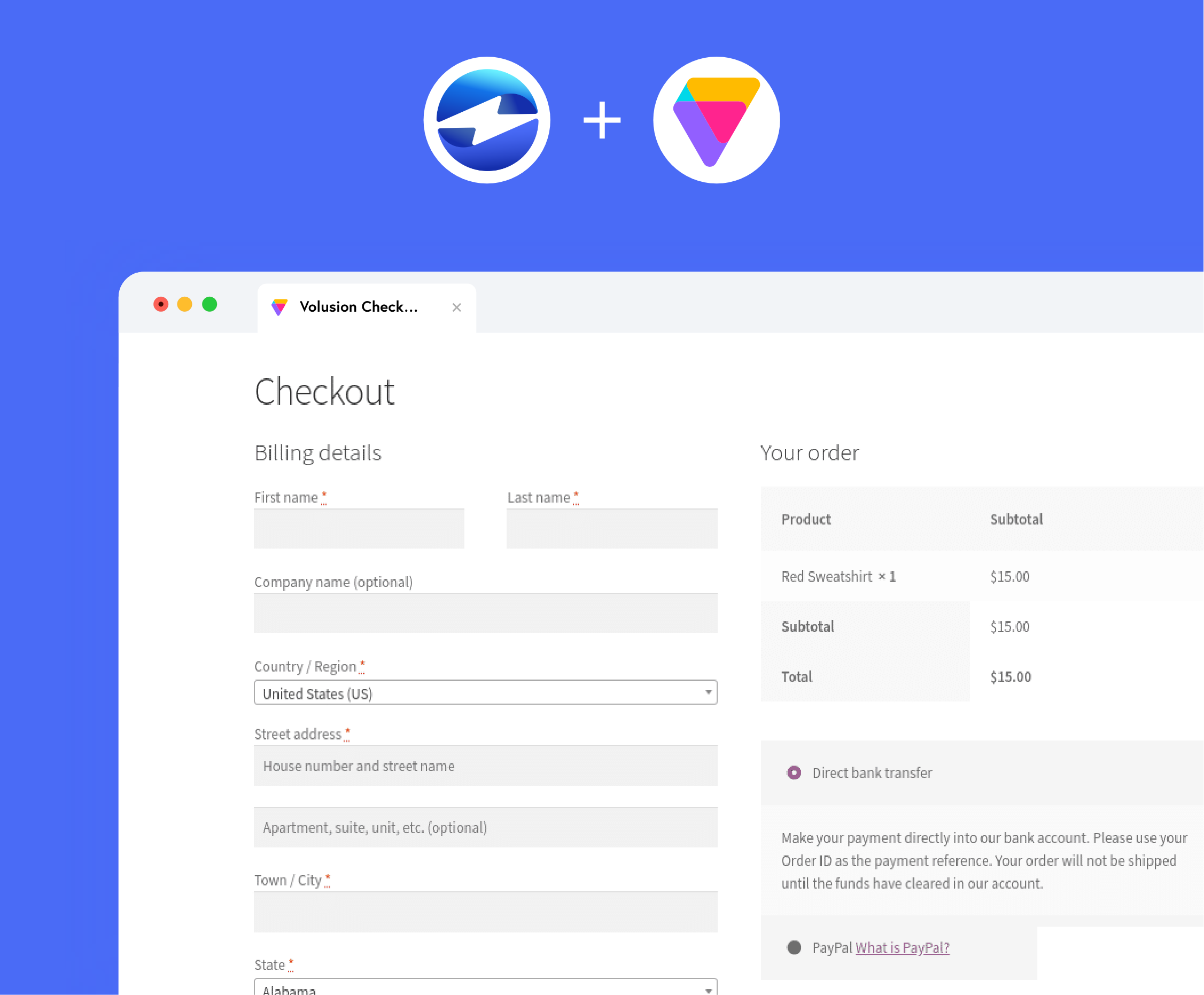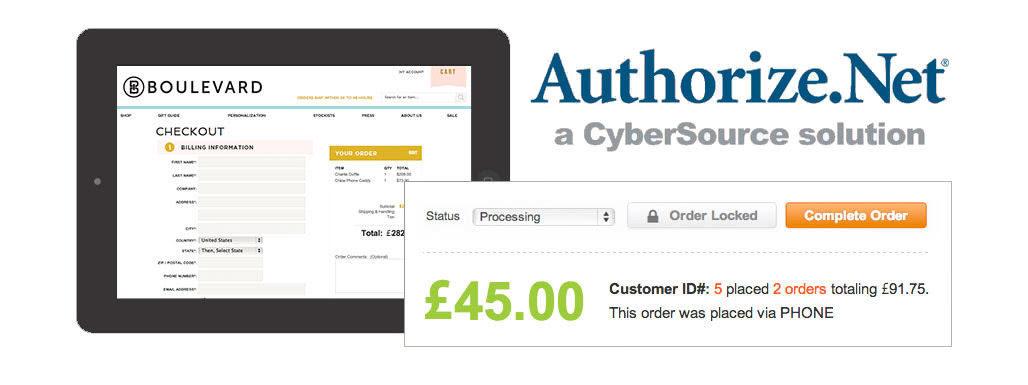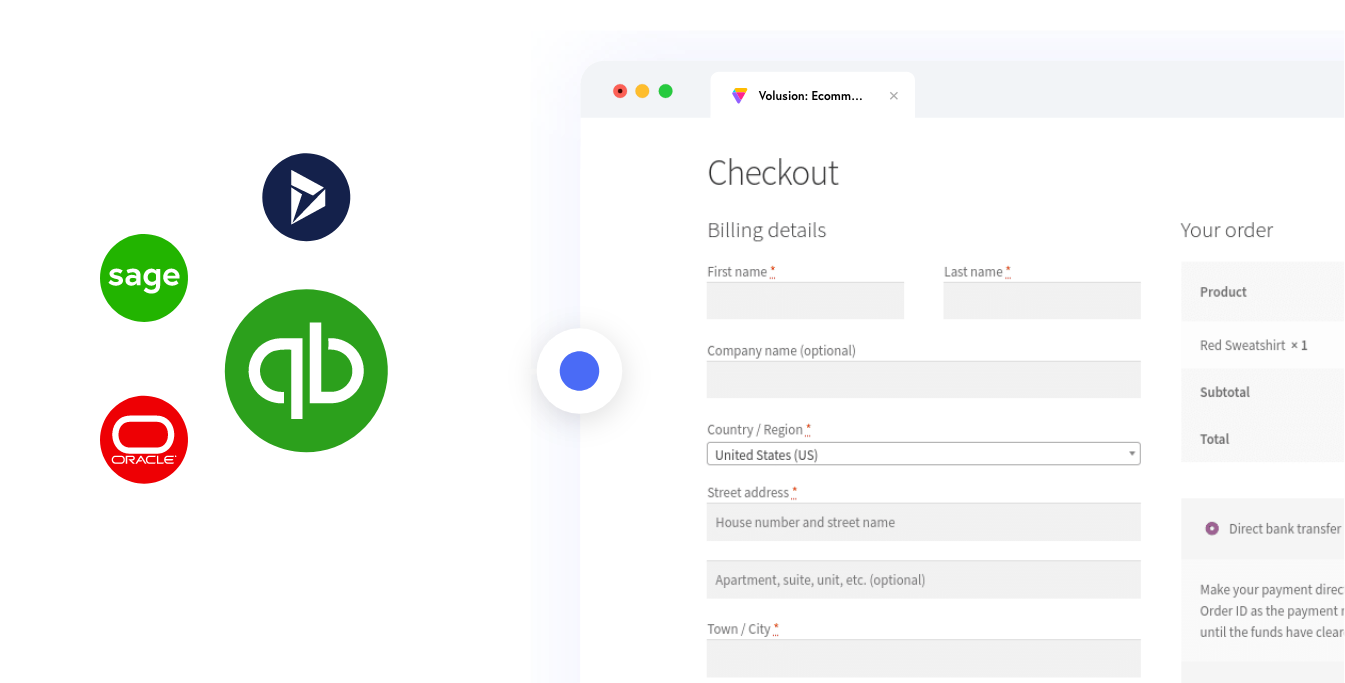
Tips to consider when opting for centralized payment solutions
Centralized payment solutions allow users to make online purchases easily, but this convenience has a few downfalls. Find out in this article how you can avoid the pitfalls of centralized payment solutions and what to look for when choosing the best option for your business!
What is a payment solution?

Image Source: Link
Centralized payment solutions offer many benefits over traditional payment methods, such as speed and reliability. However, there are a few things to consider before making the switch.
One of the biggest benefits of centralized payment solutions is their speed. Because all the processing is handled by one entity, payments can be processed quickly. This is especially important for online transactions, where waiting time can be frustrating and even costly.
Another benefit of centralized payment solutions is their reliability. Because a single entity handles the processing, there is less chance of errors or fraud. This means that you can rest assured that your money will be safe and you won’t have to deal with any unexpected problems.
However, centralized payment solutions aren’t without their drawbacks. One of the main concerns people have with them is security. Because all the processing takes place on one platform, there’s a greater risk that data could be compromised in a hack attack. Additionally, centralized payment solutions tend to be more expensive than traditional methods, which may not be worth the cost if you don’t need their benefits. Ultimately, weighing all the pros and cons is important before deciding which payment solution to use.
Benefits of centralized payment solutions

Image Source: Link
Centralized payment solutions offer several benefits that can make your life easier. Having one central point of contact for your payments can reduce the time it takes to process transactions and ensure accuracy. Additionally, these systems often have features that allow you to automate processes such as billing and invoicing.
When choosing a centralized payment solution, it is important to consider your needs. Some systems are tailored specifically for businesses, while others offer a universal platform that businesses and consumers can use. Additionally, it is important to consider which features are necessary for your specific business. For example, some systems may include features like automatic reconciliation or real-time tracking of payments.
When selecting a centralized payment solution, it is also important to understand the fees associated with the system. Every system has different fees, so it is important to review these before deciding. Some common fees associated with centralized payment solutions include processing fees and merchant account fees. It is also important to understand how long the system will take to set up and deploy, as this will affect the cost of the solution.
Cons of centralized payment solutions

Image Source: Link
Centralized payment solutions are popular for businesses as they offer simplicity and security. However, there are several cons to consider before choosing this option.
Firstly, centralized payment systems are vulnerable to hacking. If someone gains access to the system, they can steal money or data.
Secondly, centralized payment systems can be slow and difficult to use. This is because they rely on one single source of information (the payment processor), which can sometimes be slow or unreliable.
Thirdly, centralized payment systems can be expensive. This is because they require companies to pay a fee to the payment processor every time they make a transaction. This can add up over time, making it less affordable than other payment options.
Fourthly, centralized payment systems can lead to customer loyalty problems. If the payment processor goes out of business, customers may find it difficult to switch to another provider. This could lead to lost sales and revenue for your business.
How to make the decision on which payment service to use?

Image Source: Link
When making the decision to use a centralized payment solution, it is important to consider the following:
- Are there any specific needs or requirements that must be met?
- What are the costs and benefits of each service?
- How reliable and secure is the payment process?
- How easy is it to manage payments from a centralized location?
- How integrated are the payment solutions with other business processes?
Conclusion

Image Source: Link
There are a few things to keep in mind when it comes to centralized payment solutions. Firstly, ensure that your chosen solution can integrate with your existing systems and processes. Secondly, assess the platform’s security features and ensure that they meet your specific needs. And finally, consider how easy it will be to scale up or down your operation should you need to do so in the future.





